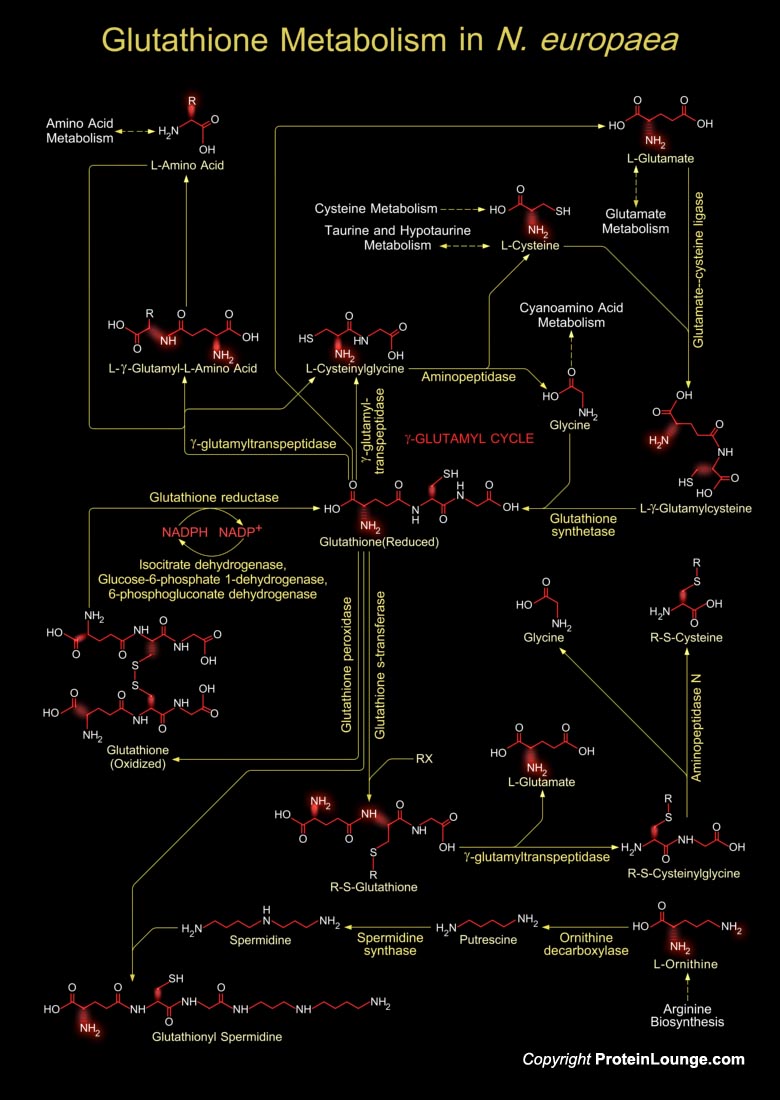
Nitrosomonas europaea is a Gram-negative obligate chemolithoautotroph, which derives all its energy and reductant for growth from the aerobic oxidation of ammonia to nitrite. The bacterium participates in the biogeochemical Nitrogen cycle in the process of nitrification. Nitrosomonas europaea is a Gram-negative obligate chemolithoautotroph that can derive all its energy and reductant for growth from the oxidation of ammonia to nitrite and lives in several places such as soil, sewage, freshwater, the walls of buildings and on the surface of monuments especially in polluted areas where the air contains high levels of nitrogen compounds(Ref.1). N. europaea obtains essential reductants for energy and biosynthesis from the oxidation of ammonia (NH3+) to nitrite (NO2−)[..]
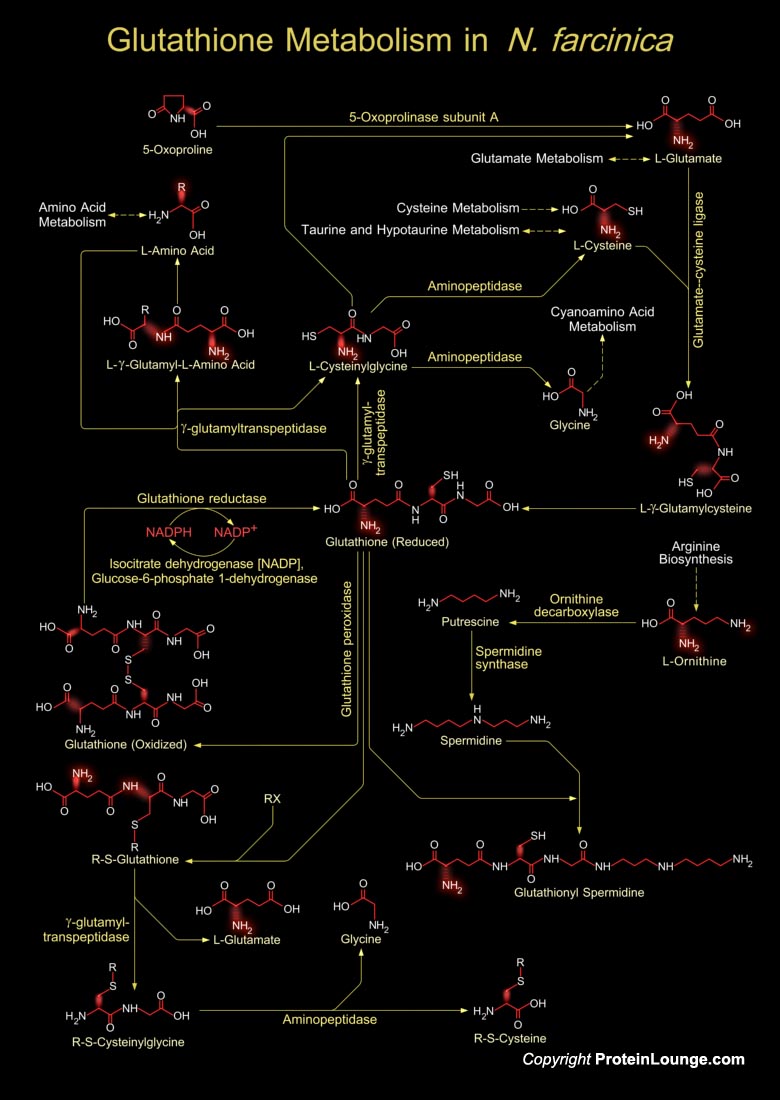
Nocardia represent a genus of aerobic actinomycetes and belong specifically to the family Mycobacteriaceae. Nocardia are aerobic, gram-positive, filamentous, branching rods and can be found as ubiquitous environmental saprophytes in soil, dust, organic matter and water. They are saprophytic actinomycetes found in the environment. The first genome sequence of a member of the Nocardia, is that of N. farcinica. Nocardia species are pathogenic, and they are the major causes of potentially life threatening disease nocardiosis in humans and animal. Nocardiosis may be considered as opportunistic infection with chronic lung disease (often in association with long-term corticosteroid treatment), transplantation, malignancies, diabetes mellitus and alcohol[..]
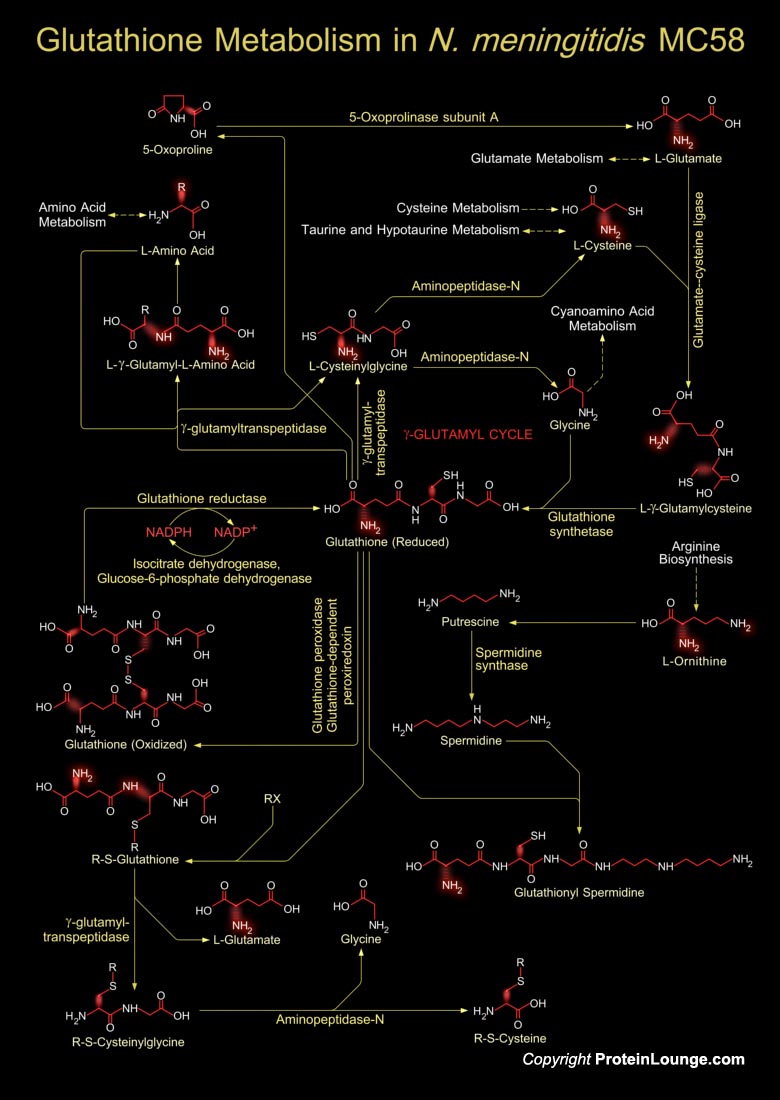
Neisseria meningitidis is a causative agent of meningitis, and is responsible for considerable morbidity and mortality throughout the world. Most disease causing N. meningitidis strains belong to Serogroups A, B and C. Serogroup A strains are responsible for epidemic disease in developing countries, and Serogroup B and C strains are responsible for outbreaks of menigitis in the developed world. The 2,272,351-base pair genome of N. meningitidis Strain MC58 (Serogroup B), a causative agent of meningitis and septicemia, contains 2158 predicted coding regions, 1158 (53.7%) of which are responsible for biological roles. N. meningitidis resides in its natural habitat within the nasopharyngeal tract of humans. It is a Gram-negative species of bacteria belonging to the[..]
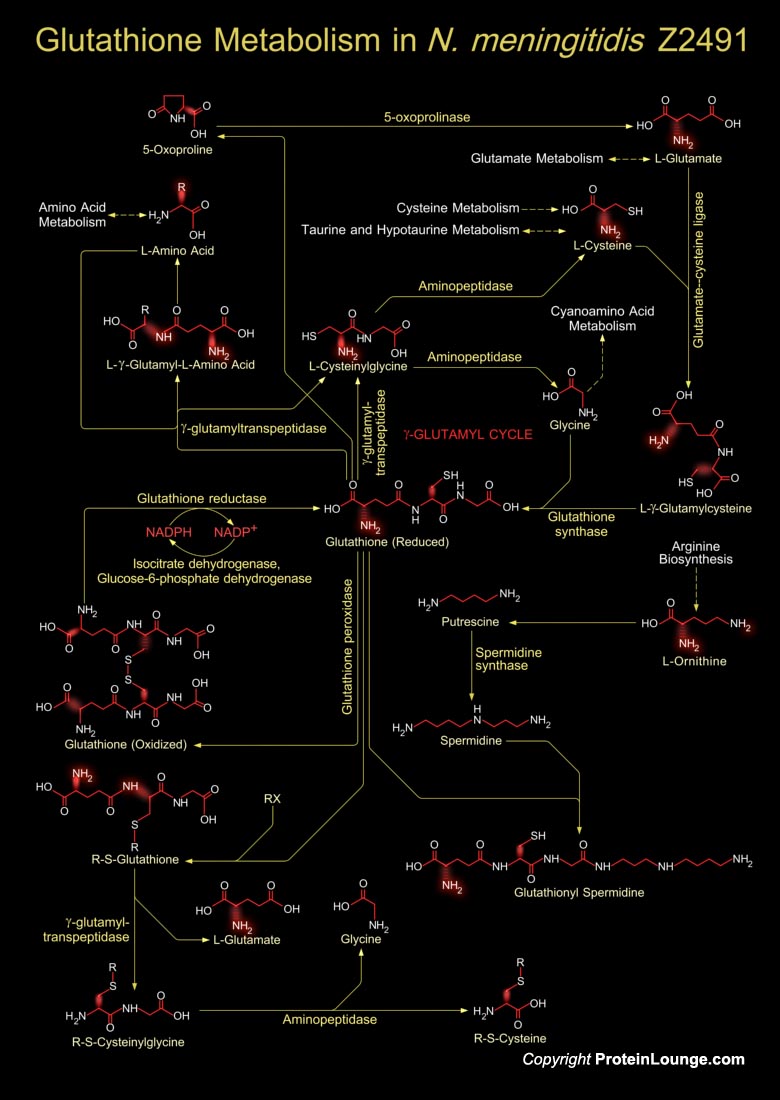
Neisseria meningitidis is a causative agent of meningitis, and is responsible for considerable morbidity and mortality throughout the world. Most disease-causing N. meningitidis strains belong to Serogroups A, B and C. Serogroup A strains are responsible for major epidemics and pandemics of meningococcal disease, and therefore most of the morbidity and mortality associated with this disease, and Serogroup B and C strains are responsible for outbreaks of menigitis in the developed world. N.meningitidis Z2491 belongs to serogroup A. It is a Gram-negative species of bacteria belonging to the β-subgroup of proteobacteria. They are facultative commensals, and their only habitat is human. Meningococci colonize the nasopharynx of up to 35% of healthy individuals at[..]
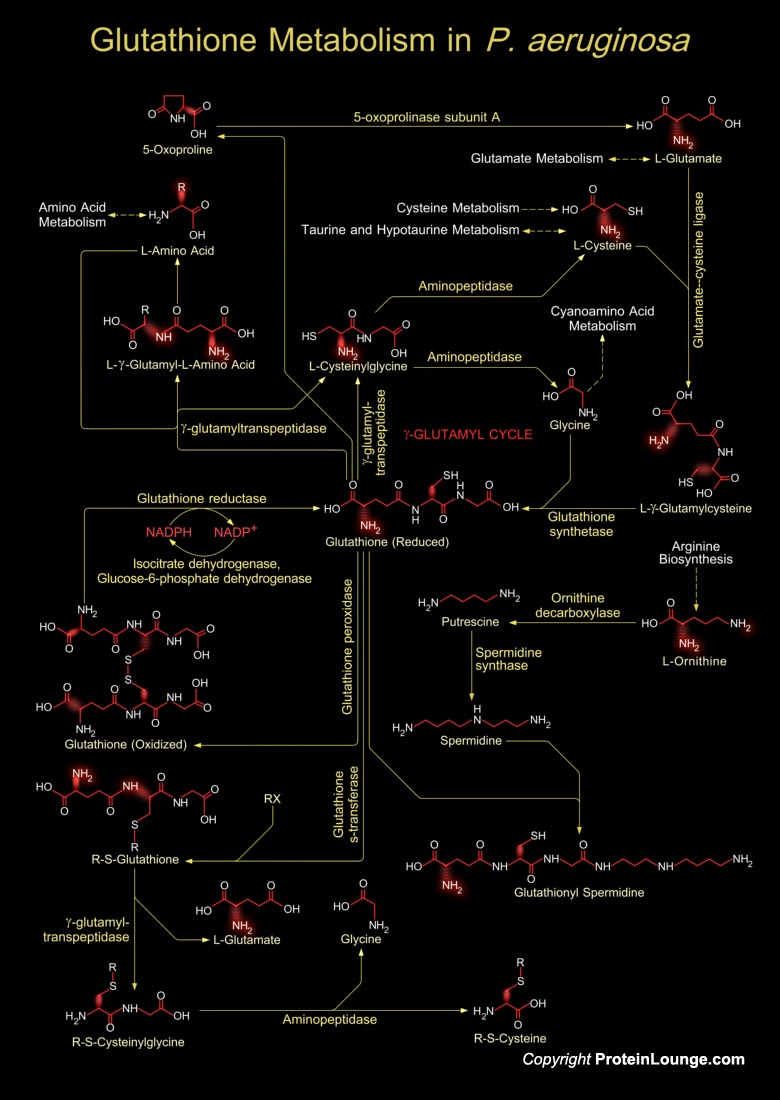
Pseudomonas aeruginosa is a Gram-negative, aerobic rod, belonging to the bacterial family Pseudomonadaceae and is one of the top three causes of opportunistic human infections. It is a versatile bacterium that grows in soil, marshes and coastal marine habitats, as well as on plant and animal tissues. It occurs regularly on the surfaces of plants and occassionally on the surfaces of animals. The bacterium is an opportunistic pathogen and hence, exploits some break in the host defenses to initiate an infection. It causes urinary tract infections, respiratory system infections, dermatitis, soft tissue infections, bacteremia, bone and joint infections, gastrointestinal infections and a variety of systemic infections, particularly in patients with severe burns and in cancer[..]
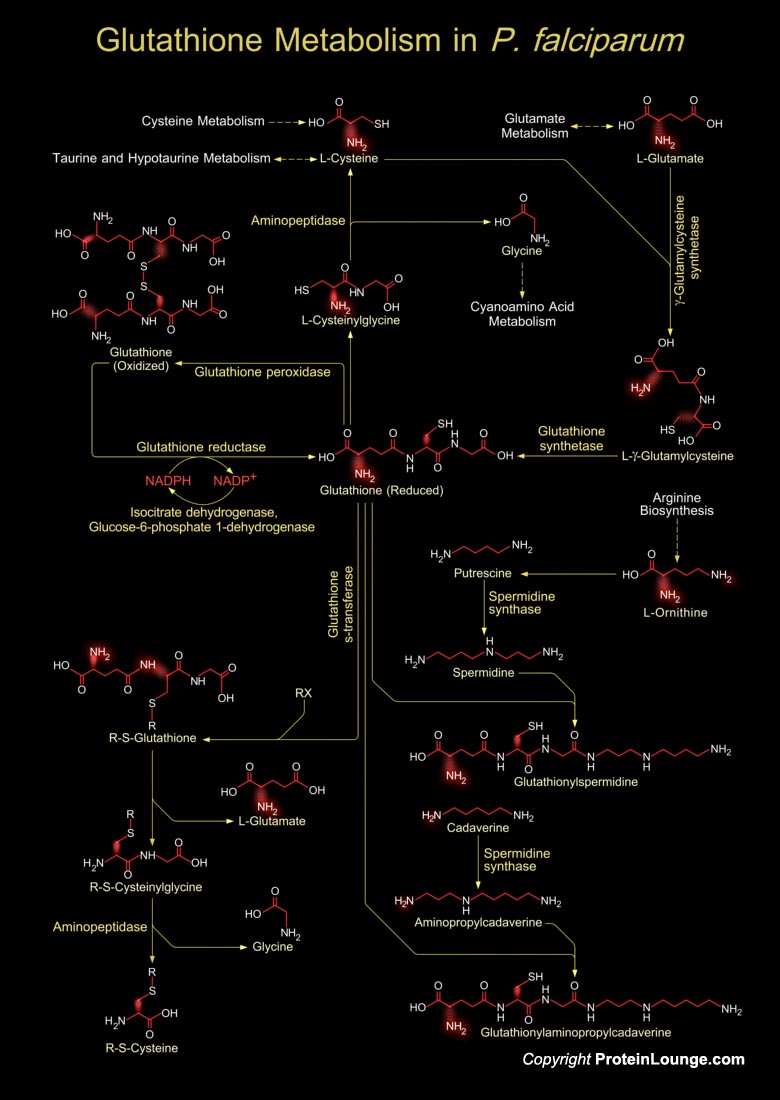
Plasmodium falciparum is the etiological agent of malaria tropica, the leading cause of death due to a vector borne infectious disease, claiming 0.5 million lives every year. The single-cell eukaryote undergoes a complex life cycle and is an obligate intracellular parasite of hepatocytes and erythrocytes (Ref.1). Malaria in humans is caused by five species of protozoan parasites of the genus Plasmodium, namely P. falciparum, P. vivax, P. ovale, P. malariae and P. knowlesi. The most severe form of the disease is caused by P. falciparum and about 90% of the 600,000 annual deaths are attributable to an infection with this parasite species in Sub-Saharan Africa, with children under the age of 5 and pregnant women being most vulnerable to the infection (Ref.2). In its human[..]
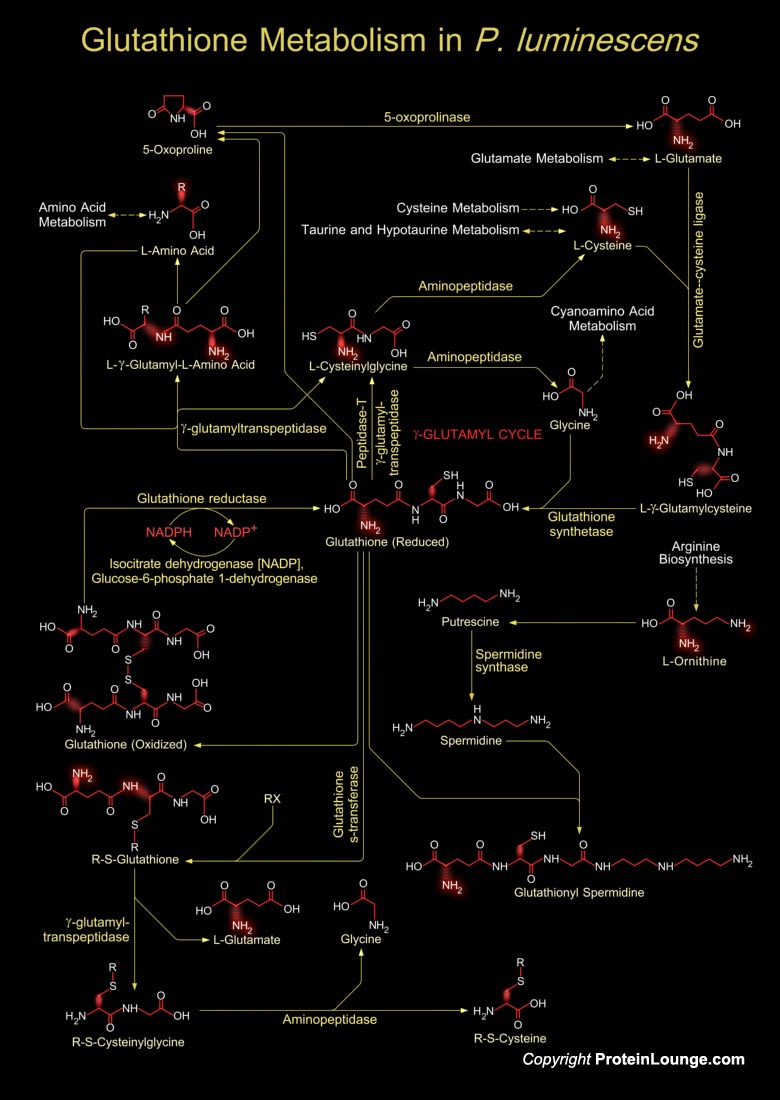
Photorhabdus luminescens is a nematode-symbiotic, gram negative, bioluminescent bacterium, belonging to the family of Enterobacteriaceae. P. luminescens is a part of the Photorhadbus genus, known to have three bacterial species: Photorhabdus luminescens, Photorhabdus temperata and Photorhabdus asymbiotica (Ref.1). It lives in the gut of an entomopathogenic nematode of the family Heterorhabditidae. When the nematode infects an insect, P. luminescens is released into the blood stream and rapidly kills the insect host (within 48 hours) by producing toxins. It encodes a large number of adhesins, toxins, hemolysins, proteases and lipases, and contains a wide array of antibiotic synthesizing genes. These proteins likely play a role in the elimination of competitors, host[..]
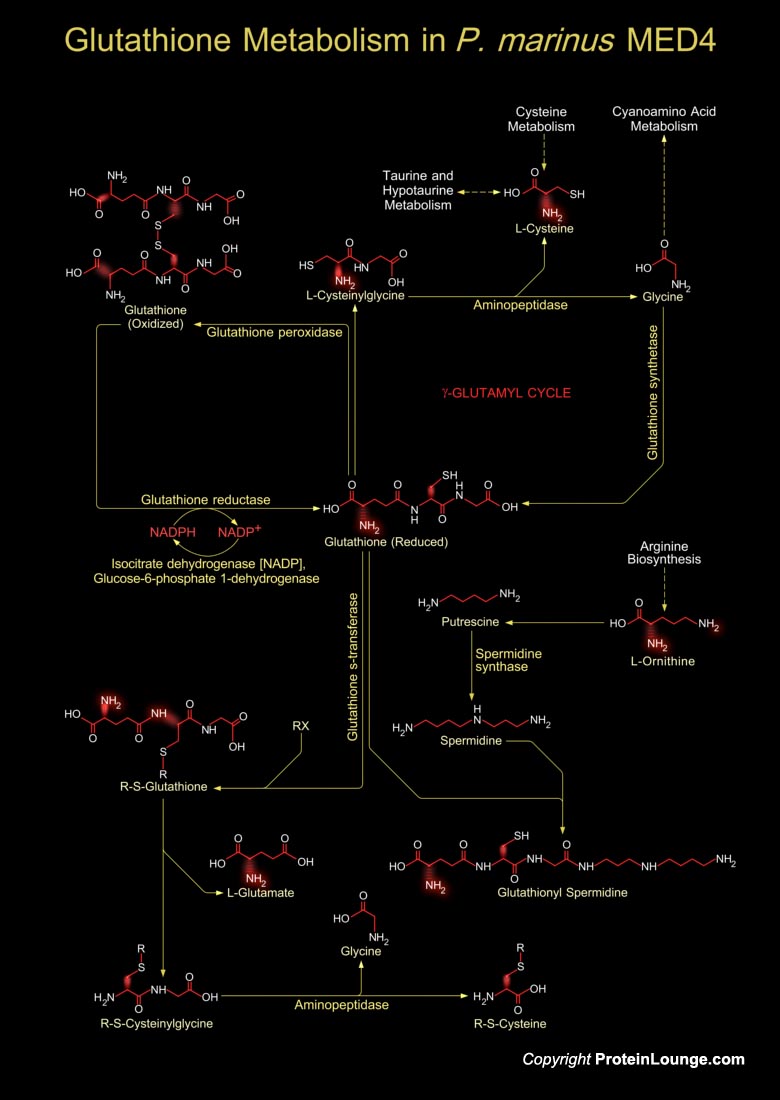
Prochlorococcus is a genus of very small (0.6 μm) marine cyanobacteria with an unusual pigmentation (chlorophyll a2 and b2). These bacteria belong to the photosynthetic picoplankton and are probably the most abundant photosynthetic organism on Earth. Prochlorococcus microbes are among the major primary producers in the ocean, responsible for a large percentage of the photosynthetic production of oxygen. P. marinus MED4 is a high-light adapted ecotypewith the smallest genome of any known oxygenic phototroph (Ref.1). Their cell envelope is of a Gram-negative type but may attain a considerable thickness in the peptidoglycan layer (Ref.2&3). Photosynthetic organisms are constantly faced with the threat of reactive oxygen species (ROS) generated as a[..]
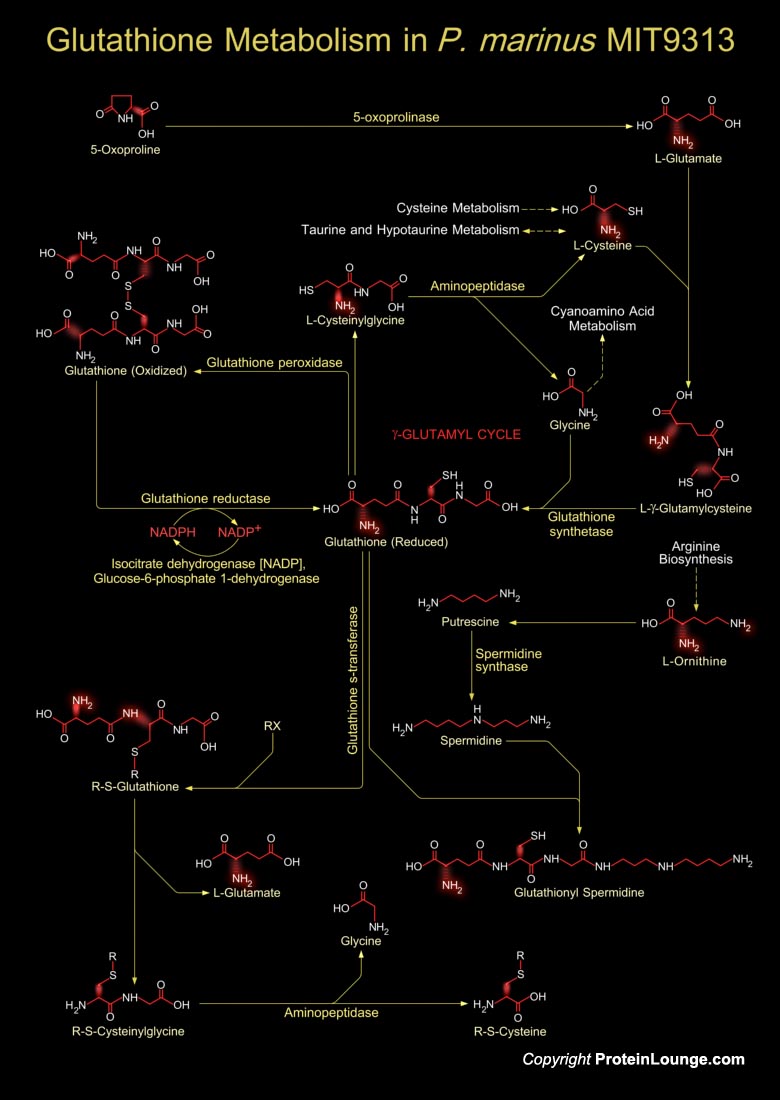
The marine unicellular green cyanobacterium Prochlorococcus marinus MIT9313 belongs to the most abundant and photosynthetically productive genus of cyanobacteria in the oceans. This monophyletic genus use divinyl chlorophyll a (Chl a2) and b (Chl b2) to build the photosystems and the membrane-intrinsic Pcb-type antennae. P. marinus MIT9313 has two genes that encode chlorophylls a/b-binding proteins (Pcb): pcbA and pcbB(Ref.1,2&3). Photosynthetic organisms are constantly faced with the threat of reactive oxygen species (ROS) generated as a by-product of photosynthesis and cellular metabolism. To overcome these challenges, photosynthetic organisms have developed robust antioxidant and redox buffering systems composed of enzymatic and small molecule[..]
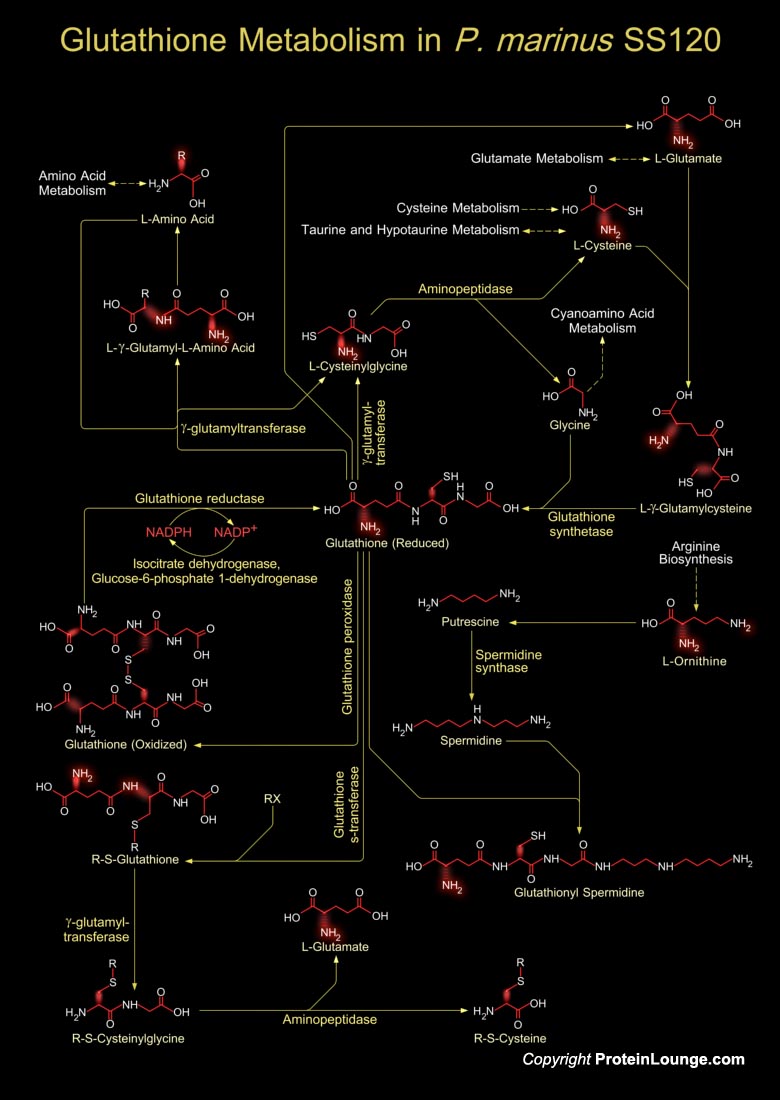
Prochlorococcus is one of the main picophytoplankters in the oligotrophic oceans of our planet(Ref.1). The P. marinus SS120 strain represents an extreme within the Prochlorococcus genus because of its ability to grow at very low light levels. This strain is characterized by a nearly minimal gene complement with a compact genome. The genome is a single circular chromosome of 1,751,080 bp with an average G+C content of 36.4%. It contains 1,884 predicted protein-coding genes with an average size of 825 bp, a single rRNA operon, and 40 tRNA genes (Ref.2&3). Photosynthetic organisms are constantly faced with the threat of reactive oxygen species (ROS) generated as a by-product of photosynthesis and cellular metabolism. To overcome these challenges, photosynthetic[..]
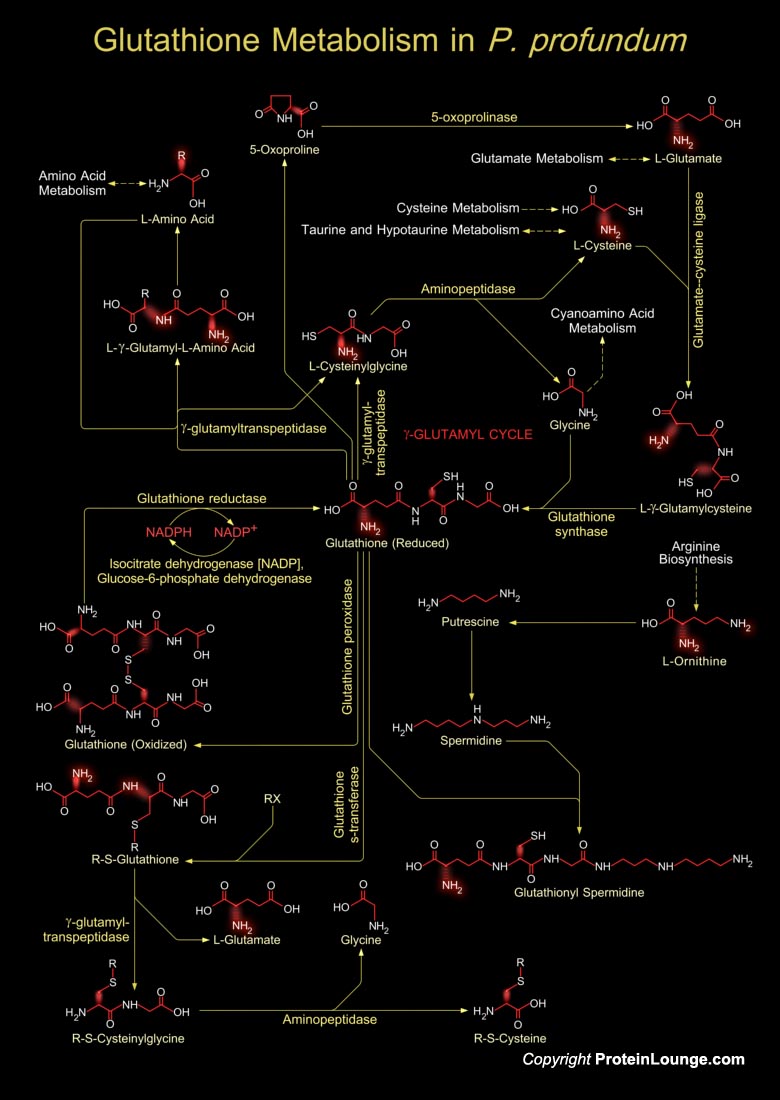
Photobacterium profundum is a deep sea Gammaproteobacterium, belonging to the family Vibrionaceae and genus Photobacterium. Members of Photobacterium genus are marine organism. There are currently 4 cultured wild-type strains of P. profundum, (strains SS9, 3TCK, DJS4 and 1230) (Ref.1). P. profundum has two circular chromosomes and is a gram-negative with rod shape and has two flagella systems. It can grow at temperatures from 0 °C to 25 °C and pressures from 0.1 MPa to 70 MPa depending on the strain. It has a requirement for salt, is able to metabolise a wide range of simple and complex carbohydrates. It was originally isolated in 1986 from the Sulu Sea (Ref.2). In their natural environment or during infections, bacteria encounter different reactive species,[..]
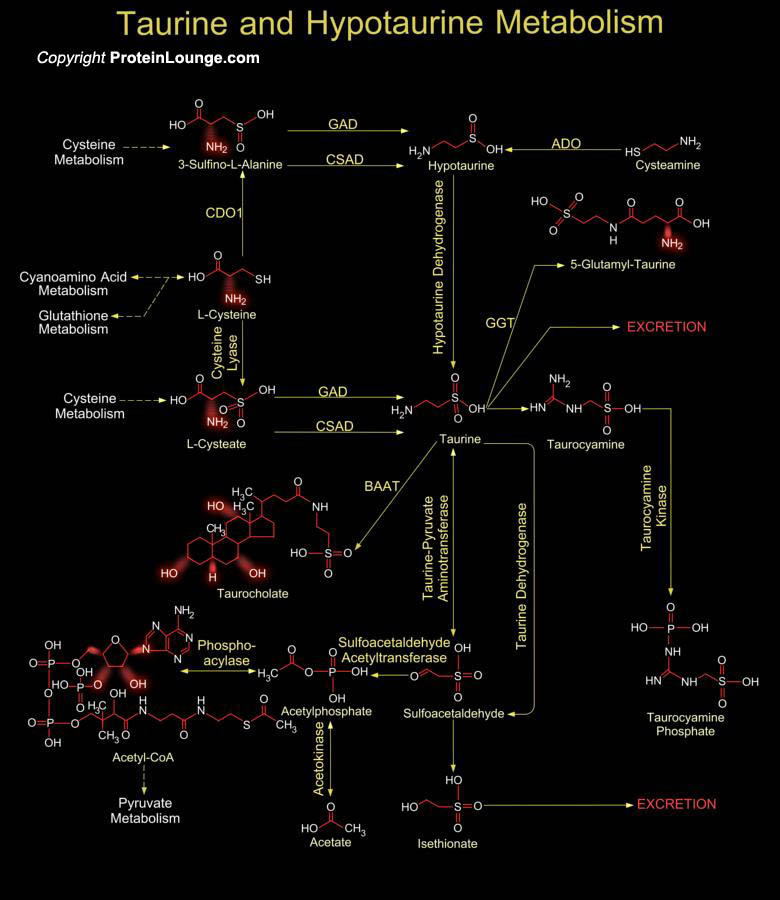
Taurine is a nonprotein Amino acid. It is an end product of L-Cysteine metabolism and the principal free intracellular Amino acid in many tissues of humans and other animal species. Taurine is present in high amounts in the brain, retina, myocardium, skeletal and smooth muscle, platelets and neutrophils. It is classified as a conditionally essential Amino acid important during mammalian development because it is necessary to be supplied in the diet of infants for normal retinal and brain development. Taurine is different from most biological Amino acids in a few particulars. It is a Sulfonic acid rather than a Carboxylic acid; it is a Beta-Amino acid rather than an Alpha-Amino acid and it does not have a chiral center. Most Amino acids have an L- or D-configuration,[..]

